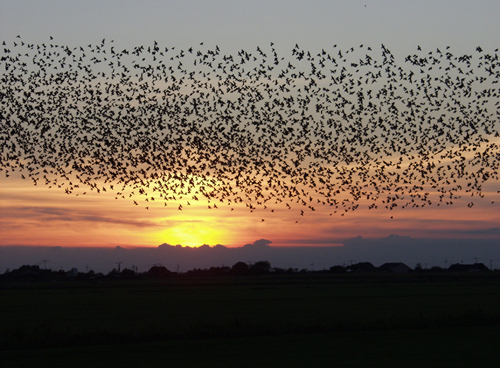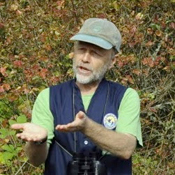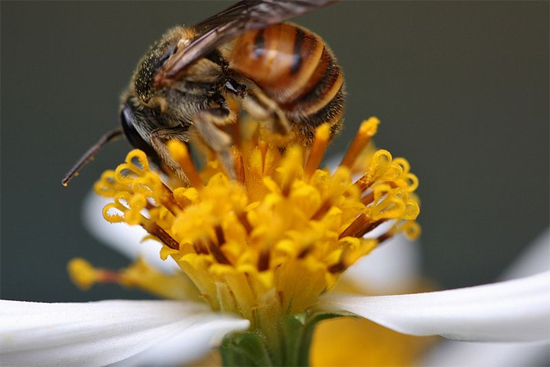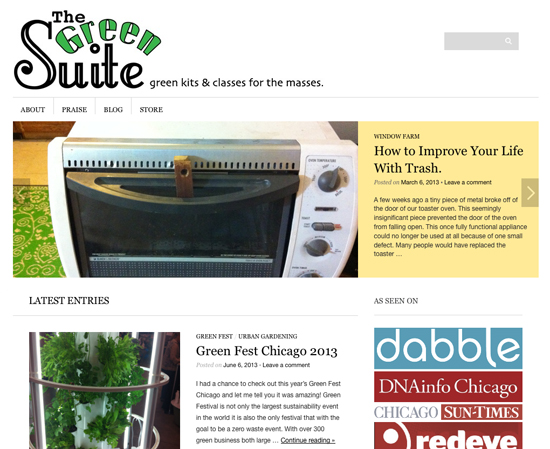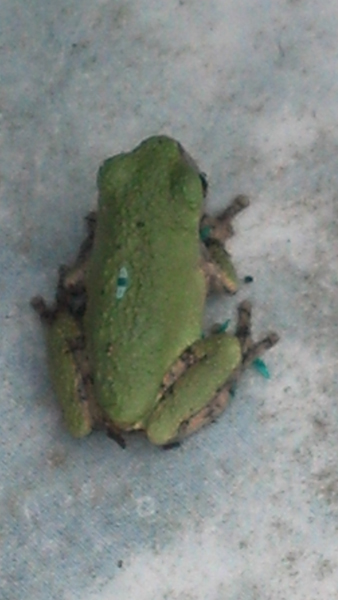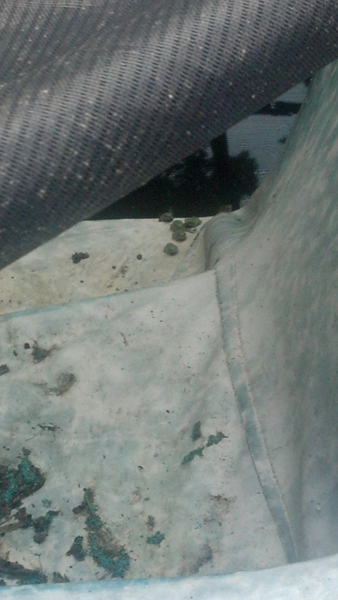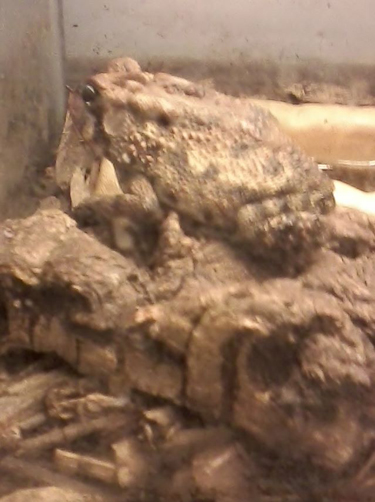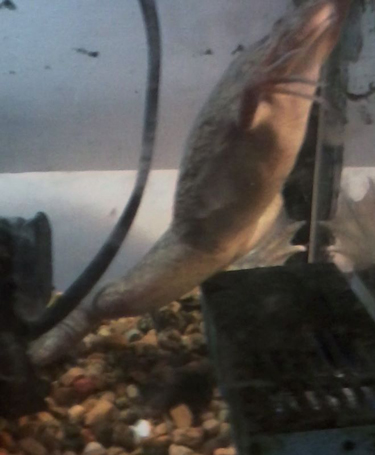Feeding the Birds for Fall Migration
Guest blog by Ernie Allison
Fall migration is a beautiful time to watch birds form large flocks and travel conspicuously across the land. This is a time when birds need a lot of energy, and will actually change their diet to increase their calorie intake. There are a lot of things we can do to help.
Before I start, no my friend, feeding birds does not usually affect bird migrations. Now that we have that out of the way, here are a number of things everyone should know about birds and bird feeding in this season.
Squirrels are Greedy Hoarders
If you’re planning to feed birds this fall, your greatest enemy is the evil squirrel. These cunning critters can figure out how to break into pretty much any feeder and they will just take it all and hide it away. Squirrels don’t know how, or simply don’t care, to share with anyone or anything. Don’t let yourself be moved to pity by their fluffy tails and cutesy mannerisms. They probably all have several winters worth stored up already. Invest in a squirrel proof bird feeder so that the birds have something to get them to the south.
Birds are Independent
You don’t need to worry about accidently domesticating a bird or causing dependence. Birds prefer to find their own favorite treats, especially insects and berries, and will supplement, not replace their diet, with the seeds and fats you offer in your feeder. So feel free to offer a way station on the long journey to their winter homes.
Birds are not Handicapped
For whatever reason, some people are afraid that birds just cannot handle eating sticky goo, like peanut butter. That isn’t true. Birds are perfectly capable of eating delicious slop, just like everybody else. In fact, the fat and protein in peanut butter is exactly what birds need to help them survive the taxing fall migration, so don’t be shy about mixing peanut butter in with your bird seed.
What you should be careful about is providing the regular over salted peanut butter that we enjoy so much. That isn’t good for anyone, us or the birds, so get something with less additives.
Easy feeding
You don’t even have to go buy a bird feeder to be helpful. After breakfast, grab all the leftover crumbs from your cutting board and plates, soak them in the leftover bacon grease, and throw it outside. The birds will find it and be glad for it.
Be messy in your garden. Let the leaves lie for a while so the bugs come and live in them for the birds to find and eat.
As a special bonus, birds will remember your location for next year, and return for another taste, so you can get another good look and maybe a nice picture.
About Ernie Allison
Ernie Allison lives in beautiful Idaho. He strongly believes in wildlife conservation and spreading awareness to issues concerning birds and nature in general. He writes extensively about nature all across the internet, and you can find his other works here.

